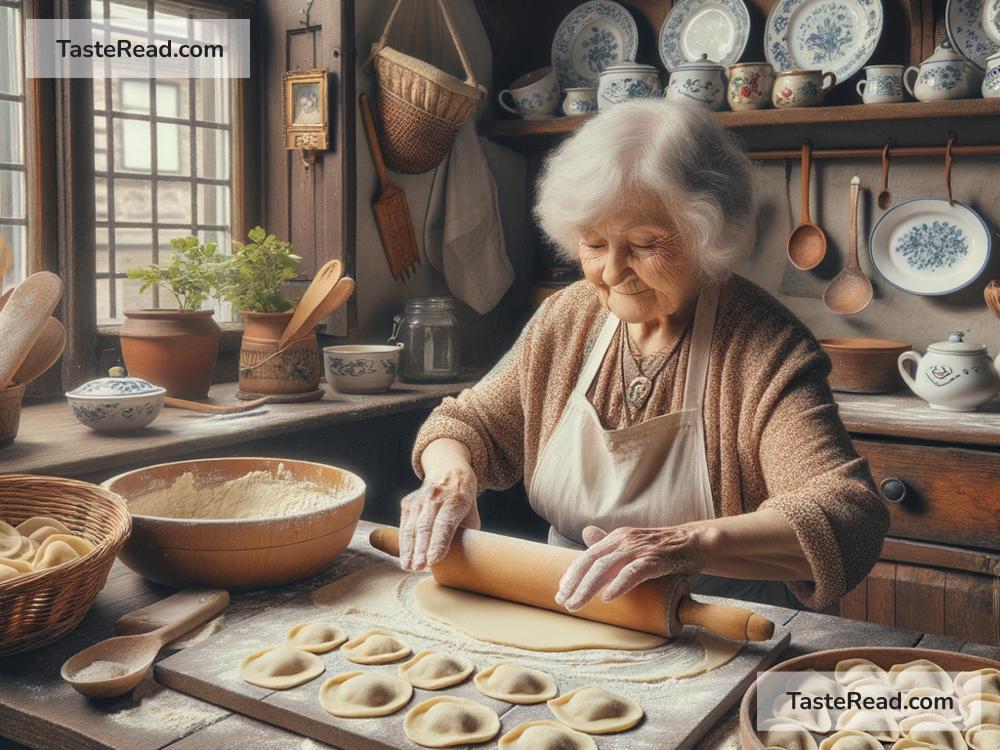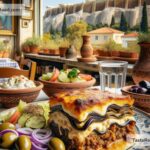Journeying Through Hearty Pierogi Traditions in Krakow, Poland
When traveling to Krakow, Poland, there’s one dish you cannot miss: pierogi. These delightful dumplings are more than just food—they are a symbol of Polish culture, history, and community. For centuries, pierogi have been a favorite comfort food, bringing families together and filling kitchens with the delicious aroma of tradition. If you’re planning a visit to Krakow, prepare to embark on a mouthwatering journey through the world of pierogi.
What Are Pierogi?
Pierogi are dumplings made of thin dough that is filled with a variety of ingredients. These fillings can be sweet or savory, making pierogi a versatile dish loved by everyone. Once filled, the dough is folded into a half-moon shape, sealed, and either boiled, fried, or baked. The result? Tender, chewy dumplings packed with flavor.
In Poland, pierogi are typically served with toppings such as fried onions, sour cream, or melted butter. Though they resemble dumplings found in other countries, pierogi stand out due to their unique Polish fillings and preparation methods.
The History of Pierogi
Pierogi have a rich history, rooted deep in Poland’s culinary traditions. Some historians believe pierogi arrived in Poland during the 13th century, possibly brought over by Eastern European neighbors or traders traveling the Silk Road. Over time, Polish households adopted this dish and turned it into a national treasure.
Pierogi were once considered a “peasant food,” as they were easy to make and used simple, affordable ingredients. However, their delicious flavors quickly earned them a place on tables across all social classes. Today, pierogi are celebrated not only in Poland but around the globe, thanks to Polish immigrants sharing this tasty tradition.
Exploring Different Types of Pierogi
If you’re in Krakow, you’ll notice there isn’t just one kind of pierogi—there are endless variations! The fillings change depending on the season, local ingredients, and family recipes passed down through generations. Some of the most popular types of pierogi include:
-
Pierogi Ruskie (Ruthenian Pierogi): Perhaps the most iconic pierogi, these are filled with a mixture of mashed potatoes, tangy farmer’s cheese, and onions. Their creamy and savory filling makes them a favorite among locals and tourists alike.
-
Meat Pierogi: Filled with minced meats like pork, beef, or chicken, these pierogi are hearty and satisfying. They’re often served with fried onions for an extra burst of flavor.
-
Sauerkraut and Mushroom Pierogi: Perfect for those who love earthy flavors, these pierogi feature a mix of tangy sauerkraut and wild mushrooms. They are especially popular during Christmas time.
-
Sweet Pierogi: If you have a sweet tooth, try pierogi filled with fruits like strawberries, blueberries, or cherries. These are often topped with sugar, whipped cream, or butter for a decadent dessert.
-
Seasonal Pierogi: During festivals, restaurants and street vendors create unique pierogi offerings, such as spinach and cheese or even pumpkin-filled pierogi during autumn!
Where to Taste Pierogi in Krakow
Krakow is full of charming restaurants and cafes that take pride in serving pierogi prepared the traditional Polish way. Here are some top places where you can savor this delicious dish:
-
Milk Bars: Milk bars are affordable, no-frills eateries famous for serving authentic Polish comfort food, including pierogi. Try Bar Mleczny Tomasza to experience traditional flavors without breaking the bank.
-
Pierogi Masters: This cozy restaurant near Krakow’s Old Town specializes in all things pierogi. They offer gluten-free and vegan options, catering to every type of traveler.
-
Krakow Street Food Markets: Many food stalls in Krakow serve freshly-made pierogi, especially during festivals or outdoor markets. Don’t miss the annual Pierogi Festival in August, where you can sample a wide range of creative fillings.
-
Stylish Restaurants: For a more upscale experience, dine at places like Miod Malina or Pod Aniolami. Here, pierogi are elevated with high-quality ingredients and artistic presentations.
Making Pierogi Yourself
If your trip inspires you to try cooking pierogi at home, you’re in luck! Making pierogi is surprisingly simple, and there are countless recipes available online. The process starts with creating a soft dough using flour, water, and a touch of salt. Then comes the fun part—choosing your favorite filling, folding the dumplings, and cooking them to perfection.
Many cooking schools in Krakow offer hands-on pierogi-making classes. Taking a class is a fantastic way to learn from locals, connect with Polish culture, and bring back a culinary skill that will wow your friends and family.
Pierogi and Polish Hospitality
One of the most heartwarming aspects of pierogi is the way they bring people together. In Poland, pierogi-making is often a group activity, with friends and family gathering to shape, fill, and cook the dumplings. Sharing a plate of pierogi is not just about satisfying hunger—it’s about sharing stories, laughter, and love.
For visitors, this hospitality extends to Krakow’s restaurants and eateries. Locals are proud of their food and culture, and they welcome tourists with open arms, eager to share the joys of pierogi.
Final Thoughts
Journeying through pierogi traditions in Krakow, Poland, is an experience like no other. Whether you’re sampling classic pierogi ruskie at a Milk Bar or enjoying sweet fruit-filled pierogi at a market, you’ll quickly fall in love with these timeless dumplings. They are much more than food—they are a connection to Poland’s past, a symbol of its culture, and a celebration of its people.
So, grab a fork, and dive into the world of pierogi. Krakow is ready to welcome you with plates full of hearty dumplings and smiles to match. Bon appetit—or as the Poles say, smacznego!


